During its millennia-long history, the island of Kastellorizo has found itself at the interface between Greek civilization and the adjacent cultures of Asia Minor, lying at the crossroads of East and West, and of trade and war.
In this timeline, we explore the complex and triumphant, and oftentimes turbulent history of this remote corner of the Dodecanese, the easternmost Greek territory.
PREHISTORIC ERA
It’s likely that Late Mesolithic and Neolithic migrants and settlers passed through and had a presence on the island, although no archaeological evidence for this has yet been found.
LATE BRONZE AGE
The island’s first permanent inhabitation may have occurred during this period. Two Bronze Age shipwrecks (14th and 12th century BC) discovered in the vicinity show Kastellorizo already lay on important East-West shipping routes.
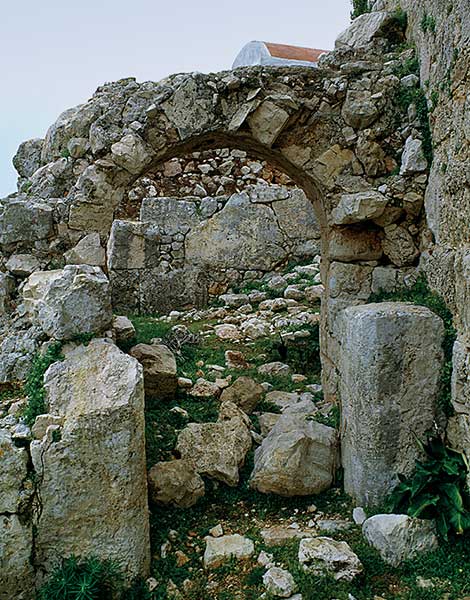
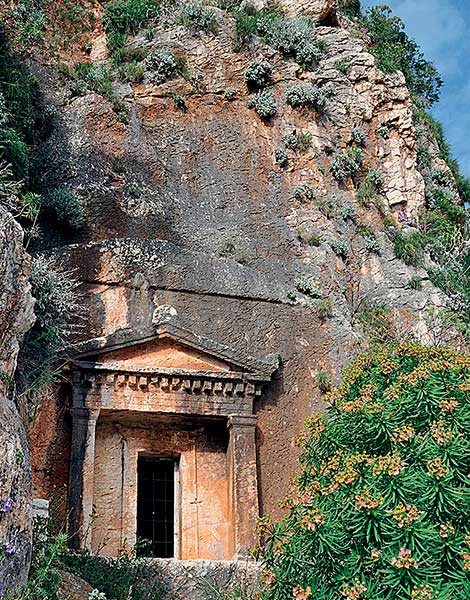
8th-5th CENTURY BC
Kastellorizo falls under the expanding regional influence and authority of Rhodes, eventually becoming one of its key naval bases and a flourishing commercial crossroads within its territory, the Rhodian Peraea.
450-400 BC
Kastellorizo’s defenses are established or greatly strengthened. Paliokastro’s fortress, the foundations of the harborside castle and the ornate Lycian tomb below it date to this era.
188 BC
Rhodes’ regional dominance is supported by Rome in the Treaty of Apamea.
166 BC
Now wishing to temper the competing naval and economic might of Rhodes and the Rhodian Peraea, the Romans declare the island of Delos to be a free port. It soon takes over as the Aegean’s main commercial clearinghouse for Eastern and Western goods.
164 BC
The island falls under Roman authority after Rhodes concedes its regional powers to Rome.
4th-7th CENTURIES
Early Christian churches are built on Kastellorizo. With the rise of Constantinople, the island eventually becomes part of the Byzantine Empire.
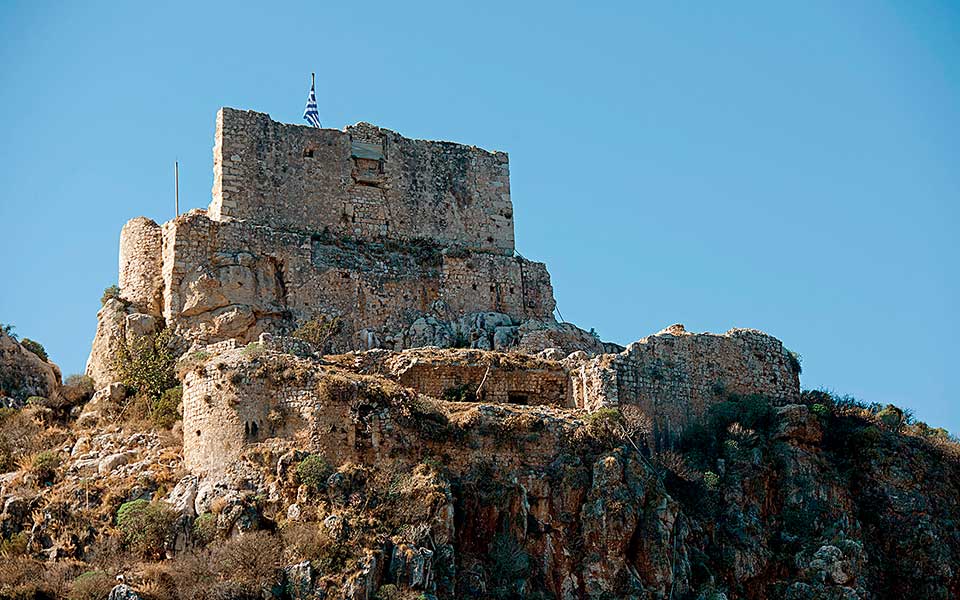
1306-1309
The Knights of Saint John occupy the island while campaigning to take over Rhodes, which they successfully do by 1309. On Kastellorizo, now known to Europeans as Castello Rosso (formerly Megisti), they establish the imposing castle (c. 1380) overlooking the port.
15th-EARLY 16th CENTURIES
Catastrophic raids are carried out by the Egyptian Mamluks (1440, 1444) and Ottomans (1480). Meanwhile, Kastellorizo is ruled by the Crown of Aragon and its successor states.
1523
The Ottomans seize all the Dodecanese Islands. They lose Kastellorizo to the Venetians in 1570, but recapture it in 1635. A French-Venetian force briefly occupies the island in 1659, but cannot hold on to it.
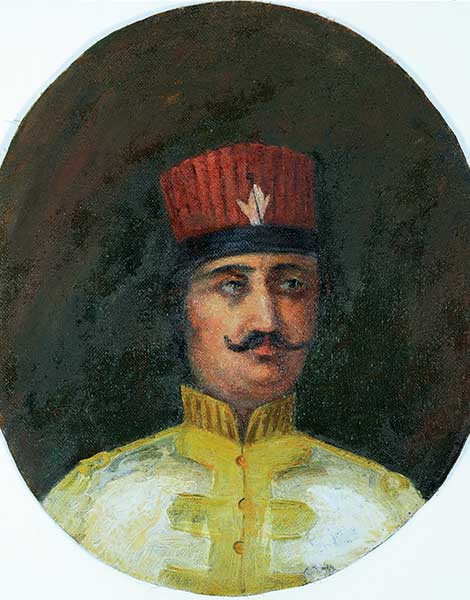

18th CENTURY
At last, in an era of relative calm, Kastellorizo begins to flourish anew as a shipping and commercial base. The island’s Greek inhabitants also establish communities on the opposite coast of Asia Minor. The Kastellorizians’ increasing prosperity is undeterred even by the violent raid of the pirate Lambros Katsonis (1788), who briefly besieges and forces the surrender of the island’s Ottoman garrison.
1821
The people of Kastellorizo take part in the Greek Revolution. They aren’t included in the resulting modern Greek state, however, as their island remains under the Ottomans’ thumb for nearly another century.
1835
Sultan Mahmud II grants Kastellorizians self-governance and some tax relief. A period of great prosperity follows; the island becomes a dynamic shipping center and its population expands. Luxurious houses and numerous churches are erected. Many of its privileges are later revoked, however, following the start of the Young Turk Revolution in 1908, and Kastellorizo’s first waves of emigration begin.
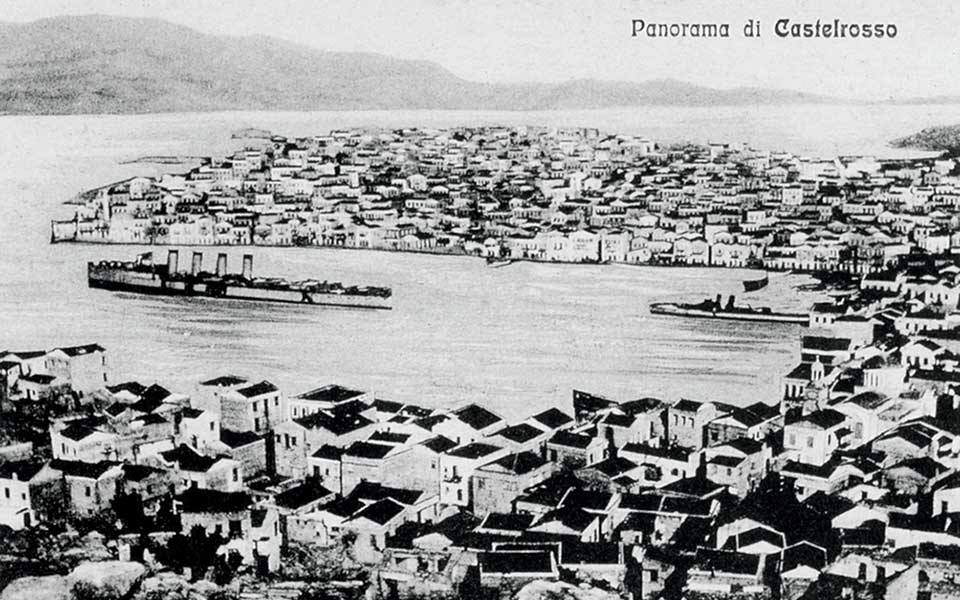
1913
An uprising breaks out, as Kastellorizians demand unification with Greece. Their pleas are not met. Instead, France occupies the island in December of 1915. Turkish bombardment during World War I causes extensive damage. Further waves of emigration follow.
1921
France cedes Kastellorizo to Italy. Economic hardship leads to more emigration, but also to violent protests (the “Mouzahres” in 1934), led mainly by women, against a crippling tax hike and a corrupt mayor.
WORLD WAR II (1941-1945)
Fighting between the British and the Italians (1941-43), heavy German bombing (1943) and a massive fire (1944) wreak havoc on Kastellorizo and force the remaining inhabitants to flee. Their eventual homecoming is marked by further tragedy, as a returning refugee ship (SS Empire Patrol) catches fire, resulting in loss of life and numerous injuries.
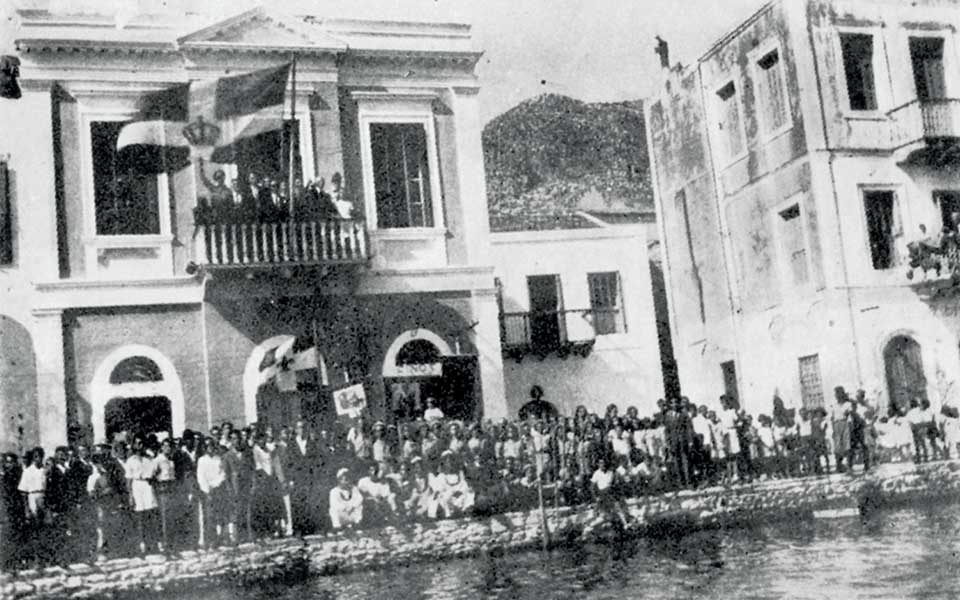
7 MARCH 1948
Kastellorizo is formally integrated into Greece. Over subsequent decades, Kastellorizo slowly enters a new phase of peace and prosperity.
1970s
Tourism makes a tentative start; a few Italians and Australians with Kastellorizian roots express interest in buying and restoring old houses.
1992
“Mediterraneo” is awarded the Oscar for Best Foreign Language Film, showcasing the island’s untouched beauty to a global audience.












